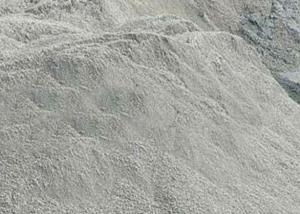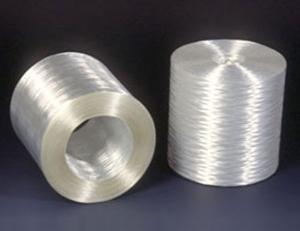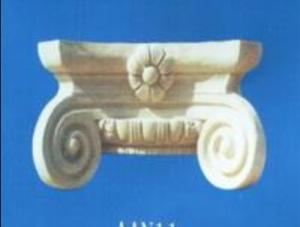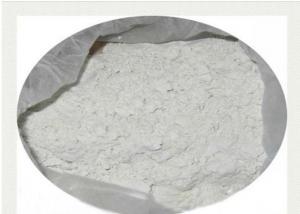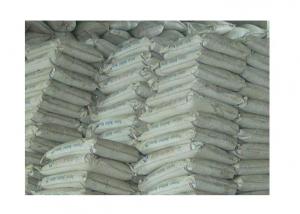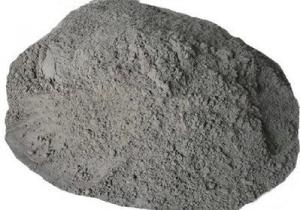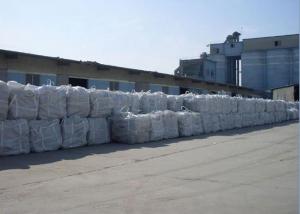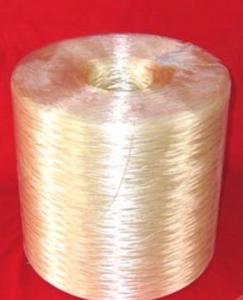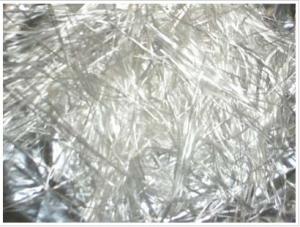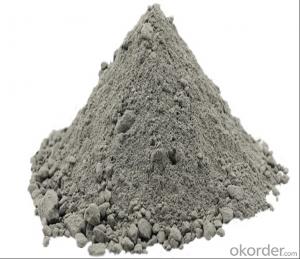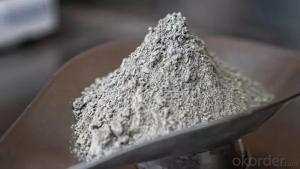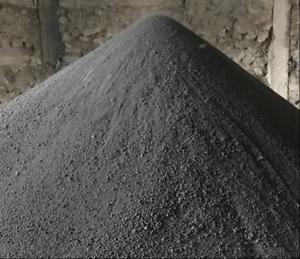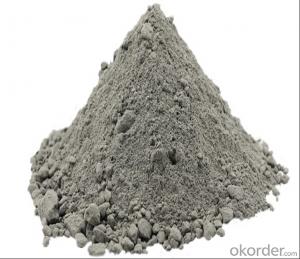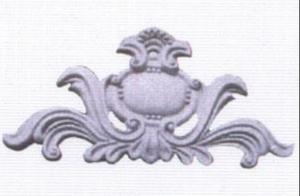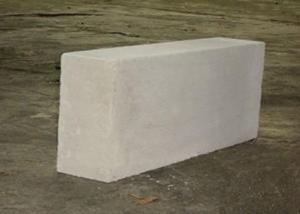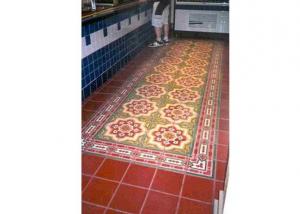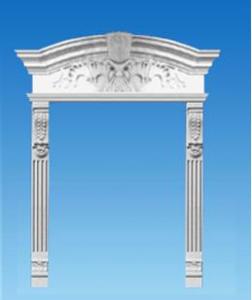DEYI Portland Cement 42.5R/42.5 Cement with High Quality
- Loading Port:
- China Main Port
- Payment Terms:
- TT or LC
- Min Order Qty:
- 2000 Metric Tons m.t.
- Supply Capability:
- 100000 Tons per Month m.t./month
OKorder Service Pledge
OKorder Financial Service
You Might Also Like
Quick Details
Place of Origin: China
Model Number: 42.5
Color: Grey
Feature: Radiation-Resistant,Sulfate Resistant
Main Raw Material: Silicate
Type: Silicate Cement / Portland Cement
Hardening Feature: Rapid Hardening
Heat of Hydration: Low-Heat
Strength Grade(Mpa): 42.5R
certificate: CE
Product range: P.C32.5/32.5R,P.O42.5/42.5R
packing: according to your requirement
Loading port: longkou port
superiority: Near port
standard: GB175-2007
Inspection: by CIQ
Packaging Details:a) 2MT jumbo bag b) 50kg per bag then 40 bags into a 2MT sling bag
Delivery Detail:30 days
- Q: I have a cement porch upstairs. There are cracks in it, and they are leaking water into the unit downstairs ceiling. What can I use to waterproof seal the cracks. It's snowing like heck now too. So please let me know if the stuff can be applied now.
- If cracks are simple, try bubble gum
- Q: I know they say kids don't keep a man but it is a lifelong commitment so why not?if the relationship is good or bad I truly do believe a child is a way to emotionally cement that man into your life?I know many people will disagree...so why do I honestly feel this way? Do you know any women who have done this and how did the situation turn out?I need quot;helpquot; I want to get this dumb notion out of my headI'm 24 I should know better
- By cement, are you referring to the cement boots the mob gives informants before dropping them over the side of the boat? I have 3 kids with my ex. I stayed around longer than I probably would have otherwise because of the kids, but I can't honestly say that the relationship was romantic during that entire period. j0e
- Q: Can I powder any rock in enough thinness by crushing them with heavy hammer?Will they work like a cement?
- NO ! It becomes sand dust.
- Q: How are the ashes from a volcano used to make cement?
- Commercial cement is not made from volcanic ash. It is usuually made with limestone or marble (source of CaO) as the main ingredient. Other incredients include some clay and gypsum. After mixing the stuff is heated to form clinker then with some more mixing goes into bags, bins, or tanks for mixing with sand, gravel and water to make concrete. Volcanic ash will harden somewhat into a cement-like compound when it becomes wet. Many cars had their paint jobs ruined in 1980 by Mt. St. Helens ash mixed with a little precipitation.
- Q: I have a question about subfloor and tiling.. our kitchen and dining room are connected, and our dining room has hardwood floor and the kitchen just has a lineolm currently.. we are remodeling our kitchen and tiling.. we know the correct thing to do is lay down a cement backer board, our question is, do we take up the current subfloor? im afraid if we dont that once we put the cement board down and then the tile down, THEN the kitchen floor will be higher than the dining room.. so, again, taking the current subfloor off, and just seeing the original floor boards that run diagonally (i know it does that from looking from the basement up).. and then lay the cement board on there, and then the tile, can that be done?? THANK YOU IN ADVANCE!!!!
- What you need to do is remove the underlayment, not the subfloor. The subfloor is the flat structure consisting of either plywood or planks that holds everything up that's on the floor. The underlayment is a thinner sheet of plywood, OSB (oriented strand board), or MDF (medium density fiber board) used to provide a smooth and flat base at the correct level for the flooring. You're right. Unless you go down to the subfloor, the total thickness of your cement board plus your tile may raise your kitchen floor level above your dining room's. Use the thickness of your underlayment to control this height. You can get underlayment (lewan board) that's only 1/8 thick. Tear up a section of your underlayment to see what its thickness is and how thick the underlayment needs to be for your kitchen floor. Worst case, the cement board can serve as your underlayment. One thing to keep in mind is that the same subfloor that's under the dining room is also under the kitchen. If the dining room flooring is 3/4 hardwood, then you've got a lot of room to play with.
- Q: construction, cement, concrete
- In the US, the predominate method for testing concrete strength is ASTM C31 and C94. C94 provides the general procedures necessary as C31 provides field methods. Generally speaking, concrete strength is directly related to water / cement ratios. The less water in the mix, the greater the strength. However, more water makes the concrete easier to place and finish. Superplasticizers are admixtures that improve concrete workability without adding water. There are also a variety of materials that can be added to concrete to increase strength in addition to a low water/cement ratio (0.35 or less). The number and explanation behind those materials and methods are beyond the scope of what can be covered here. But let it be understood the standard 3000psi concrete can be formulated to provide compressive strengths of 6000psi and more.
- Q: hey guys i know what the blue cement does for my teeth it helps me not to touch my bottom teeth giving it space but was wondering does it get better in a week or two? i have the blue cement on both of my molars and i have braces on both upper and bottom teeths. Does chewing get any better? i cannot chew properly and it hurts a bit. also when do the orthondontist take the blue cement off?
- Uuuggggghh the blue cement. I hated that stuff. The texture was so weird and... bleh. Anyway, it took me about a month, maybe 3 weeks, before chewing got to be more normal, once the cement started wearing down. Don't worry, eventually it does wear down and you'll be able to eat like normal. The orthodontist will take the cement off when your overbite is improved enough. For me, it took about... 10 months, I think. But it all depends on your individual case, and your orthodontist. I know one girl whose ortho never actually removed the cement. She doesn't care, because the blobs are so tiny by now, but it happens.
- Q: I am building a shower an i have don all the plumbing and have put down my pvc 40 mil liner. I do not know what cement to use and how to mix it for my pan so I can lay my till.
- well sand and cement(portland cement) roughly a 3 to 1 mix 3 parts sand to one part cement. Mix it fairly stiff as in no alot of water, then lay it down and tamp the the shower tray into position check for level, and your good to go. am on e mail if u get stuck
- Q: what is the difference between cement and concrete ?
- Cement is one of the ingredients used to make concrete. In other words concrete is the final product of which cement is used with other ingredients to make it. The mixup in terms is widespread. The DIY tv shows always misuse the terms such as this. They call concrete Blocks - Cinder blocks and Cement Blocks. The architectural term of *CMU means Concrete Masonry Unit. The also say Masonary - it's not Masonary it is Masonry - no *A after the n. The term Cement Finisher is correct in construction terms - however they are actually finishing concrete. Cement is an ingredient of Mortar also as well and of Thinset mortar for ceramic tile. So cement is an ingredient of a lot of products. The most prominent one is Concrete.
- Q: I have a science project I have to do and was wondering if you had any ideas. Thanks!
- Should be on google, but .... Think of cement* as the flour in a cake, and then add ingredients sand, gravel, and water, mix, and you have concrete. The reactions started by adding water cause the concrete mixture to get warm (as compared to itself), dry out, and harden into a cohesive block of material. *it is a powdered rock of some kind, maybe limestone, idk
1. Manufacturer Overview
| Location | Guangxi,China (Mainland) |
| Year Established | 2010 |
| Annual Output Value | Below US$1 Million |
| Main Markets | 50.00% Africa 30.00% Mid East 10.00% South Asia 5.00% Eastern Asia 5.00% South America |
| Company Certifications | Certificate of Satified Building Material Brand;Certificate of Name Brand in China;Certificate of Good Quality Products of 2012;Certificate of Utility Model Patent |
2. Manufacturer Certificates
| a) Certification Name | |
| Range | |
| Reference | |
| Validity Period |
3. Manufacturer Capability
| a) Trade Capacity | |
| Nearest Port | |
| Export Percentage | 1% - 10% |
| No.of Employees in Trade Department | 1-2 People |
| Language Spoken: | English, Chinese |
| b) Factory Information | |
| Factory Size: | |
| No. of Production Lines | |
| Contract Manufacturing | |
| Product Price Range | |
Send your message to us
DEYI Portland Cement 42.5R/42.5 Cement with High Quality
- Loading Port:
- China Main Port
- Payment Terms:
- TT or LC
- Min Order Qty:
- 2000 Metric Tons m.t.
- Supply Capability:
- 100000 Tons per Month m.t./month
OKorder Service Pledge
OKorder Financial Service
Similar products
Hot products
Hot Searches
Related keywords
